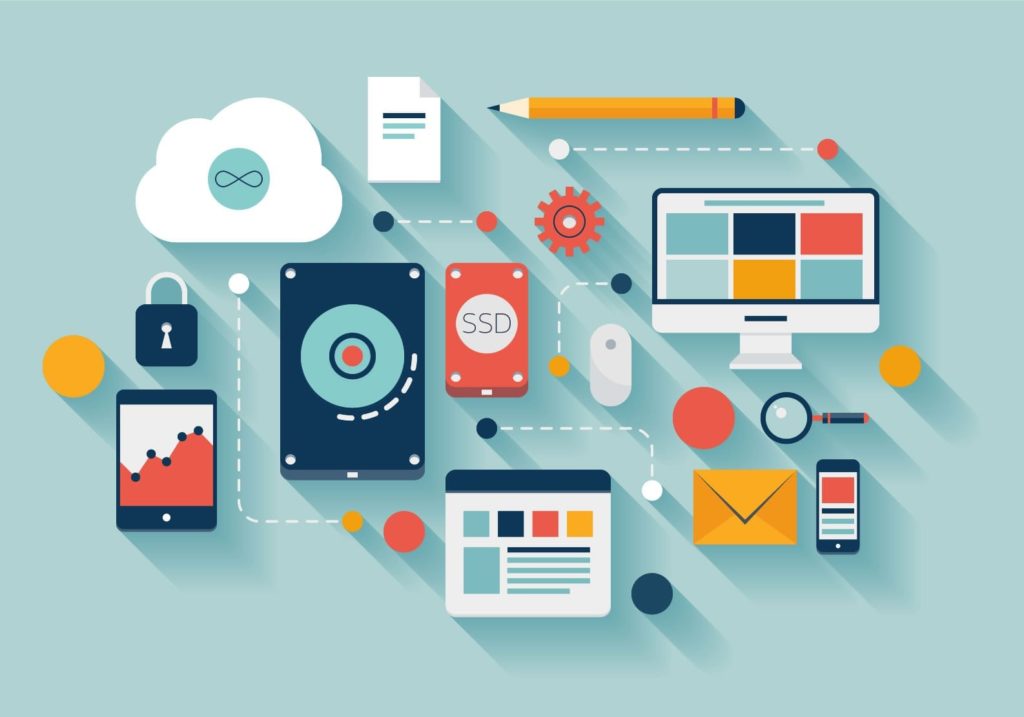2 min read
How Internet of Things (IoT) is moving supply-chain & logistics
Anurag : Apr 28, 2017 10:00:00 PM
The Internet of Things refers to a physical tool or gadget that offers smart characteristics through connectivity, resulting in greater monitoring system, optimization, control, and automation. Idea of IoT devices has now ranged to billions of applications starting from light bulbs that can change intensity or color in response to your urge to sensor sending radio frequency to peasants far away from their crops.
Along with many other sectors of the economy, the revolutionary effect of digitalization is having a intense effect on supply chain industry as well.
The operations of supply chain industry, their delivery and fulfillment are changing drastically, with combination of analytics, mobile computing, and cloud services, all of which are powered by the Internet of Things.

Source: MarketsandMarkets, 2015 (BI Intelligence)
The advantage expands across the entire logistics value chain, including operations in warehouses, last mile delivery, and freight transportation. And they have huge impact on the region such as safety and security, customer experience, operational efficiency and new business model. With IoT in picture most of the problems in areas of operational and business operations can be solved in electrifying new ways.
Supply Chain management
Asset tracking is one of the biggest trend in supply chain management by completely overhauling their supply chain logistics operations. Big giants such as DHL and Cisco estimated that IoT technologies would have an more than $1.9 trillion in the industry.
And this change is already underway starting with the big retail companies who have already started a digital transformation in logistics and supply chain operation.
Asset tracking is not new in the industry this was earlier done by barcode scanners that were used to track and manage inventory but with running time and technology these scanners are becoming obsolete. Their limitations of recording only broad information with no information on location and conditions of the items are developing the need of new technology. Asset tracking solutions offer much more essential functioning data mainly when coupled with IoT technologies.
Inventory and Warehouse management
Many new pieces of technology are revolutionizing the logistics industries.
Internet-connected trackers utilize Low Power Wide Area Networks (LPWANs) or long-range networks letting companies track their delivery journeys from starting to end, providing precise location and tracking on an item almost everywhere on globe even if that areas does not have any cellular network.
Fleet management
Government and Industries that operate vast number of vehicles are more often using fleet management solutions making the process more efficient. These Solutions are GPS enabled along with added tracking technologies to collect real time data of their locations and operations of their vehicles.
Fleet management solutions are capable of connecting and reaching millions of commercial vehicles resulting in tenfold increase in ten years.
Companies are positioning these solutions in three ways:
- Physical asset movement and delivery: This includes fleets of largely semi-trailer trucks that transport goods to fulfill business’ and consumers' orders. These fleets can handle long distance or last-mile delivery.
- Consumer transportation: This includes businesses and governments vehicles that are used to transport people from one destination to another.
- Field-service vehicles: Vehicles that are operated mostly by businesses to transport employees for their job functions.
Deploying the unending potential that IoT can offer, one must keep in mind the above mentioned points.
You might also be interested in
Explore our solutions and expertise for IoT solutions.
 Read More
Read More


